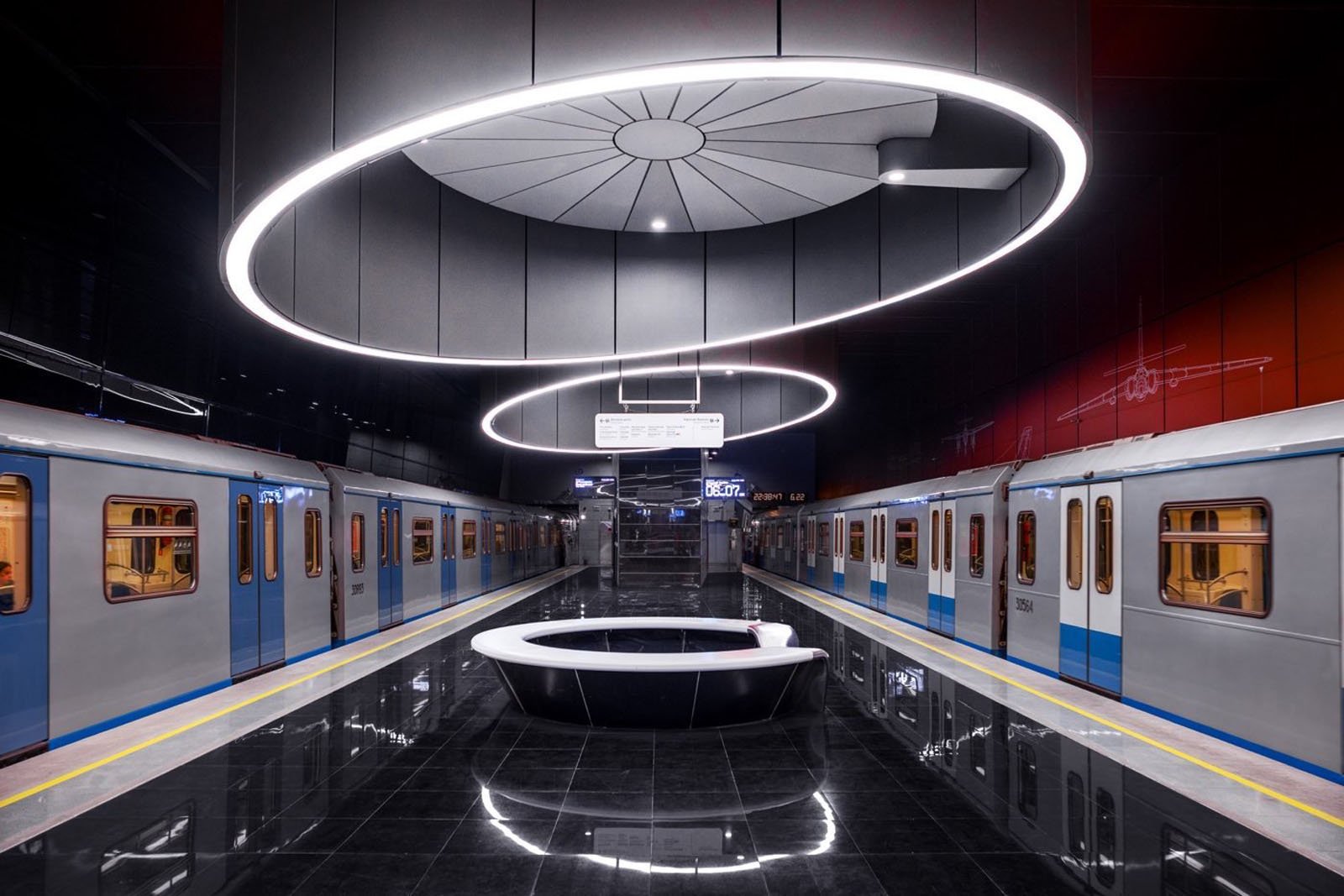
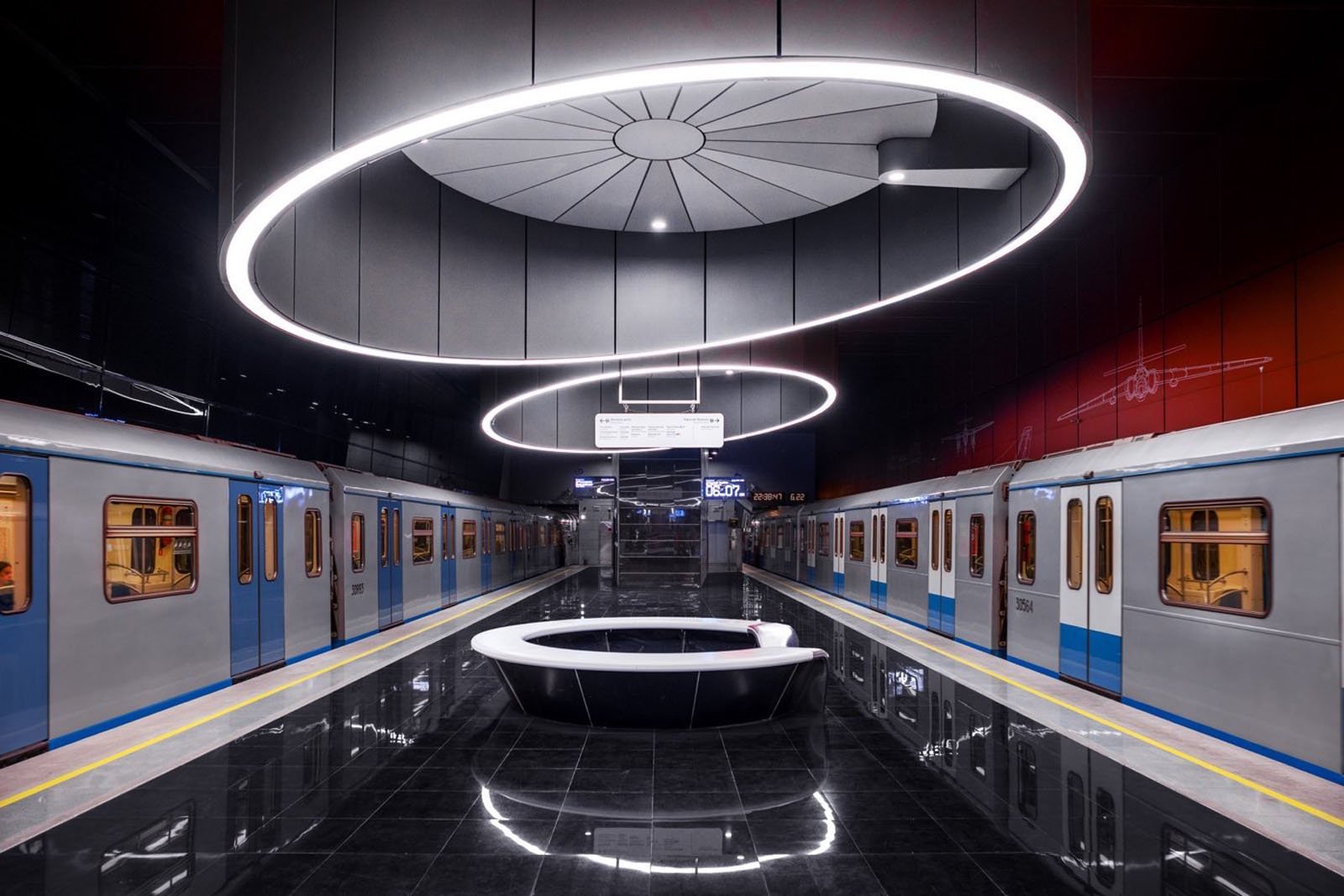
Russian photographer and filmmaker Vadim Sherbakov has published a new personal project highlighting the beautiful architecture of Moscow’s metro stations.
Moscow’s Illustrious Metro System
The history of Moscow’s metro system is a lengthy one, dating back more than a century to the years of the Russian Empire. After wars and revolutions delayed the start of the Moscow Metro system, progress was finally made in 1923 when the Moscow City Council formed the Underground Railway Design Office as part of the Moscow Board of Urban Railways, and preliminary studies and planning began in earnest. By 1928, the first route had been decided, going from Sokolniki to Moscow’s city center.
In June 1931, the Central Committee of the Communist Party of the Soviet Union decided to begin constructing the metro system. By January of the following year, the first lines were approved, and the next year, a revised plan with 10 routes was approved, with the tracks totaling about 80 kilometers (50 miles). The metro system officially opened in May of 1935.
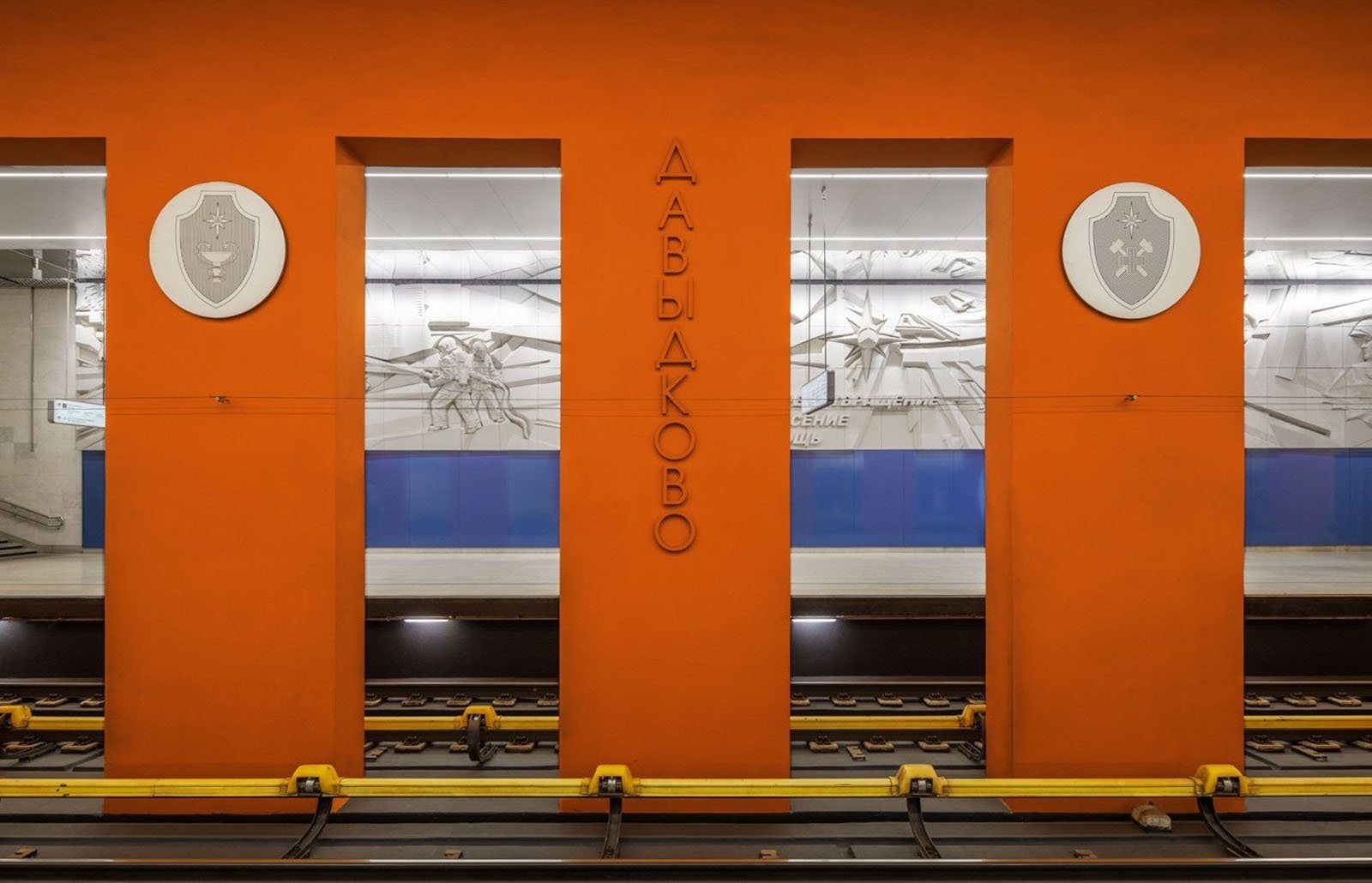
Sherbakov Showcases His Home’s Beauty
These days, after decades of improvements and new construction, the Moscow Metro system has more than 330 stations and nearly 800 km of track. In his latest project, Sherbakov turned his lens toward the newest stations with the most interesting architecture, and the results are glorious.
The project is far from the first time Sherbakov captured Moscow’s beauty. In 2018, he delivered an amazing time-blended composite photo series of the city. For those photos, the long exposures helped deal with a major issue of photographing cities and busy metro stations — the people.


AI Helps in Surprising Ways
In the new series, the photographer instead relied on improved software technology, especially the AI-powered Generative Fill feature in Adobe Photoshop. “The Photoshop AI (generative fill) is amazing for removing stuff. The metro stations, even new ones, still have a few people who pop into the frame, here and there,” Sherbakov explains.
“In previous years, I would hesitate to shoot architecture with people standing close to the camera that had to be removed, but because of [the new] AI tool, I am more relaxed and focused on the architecture than some random people getting in the frame, because I knew that [they] wouldn’t be a problem to delete.”
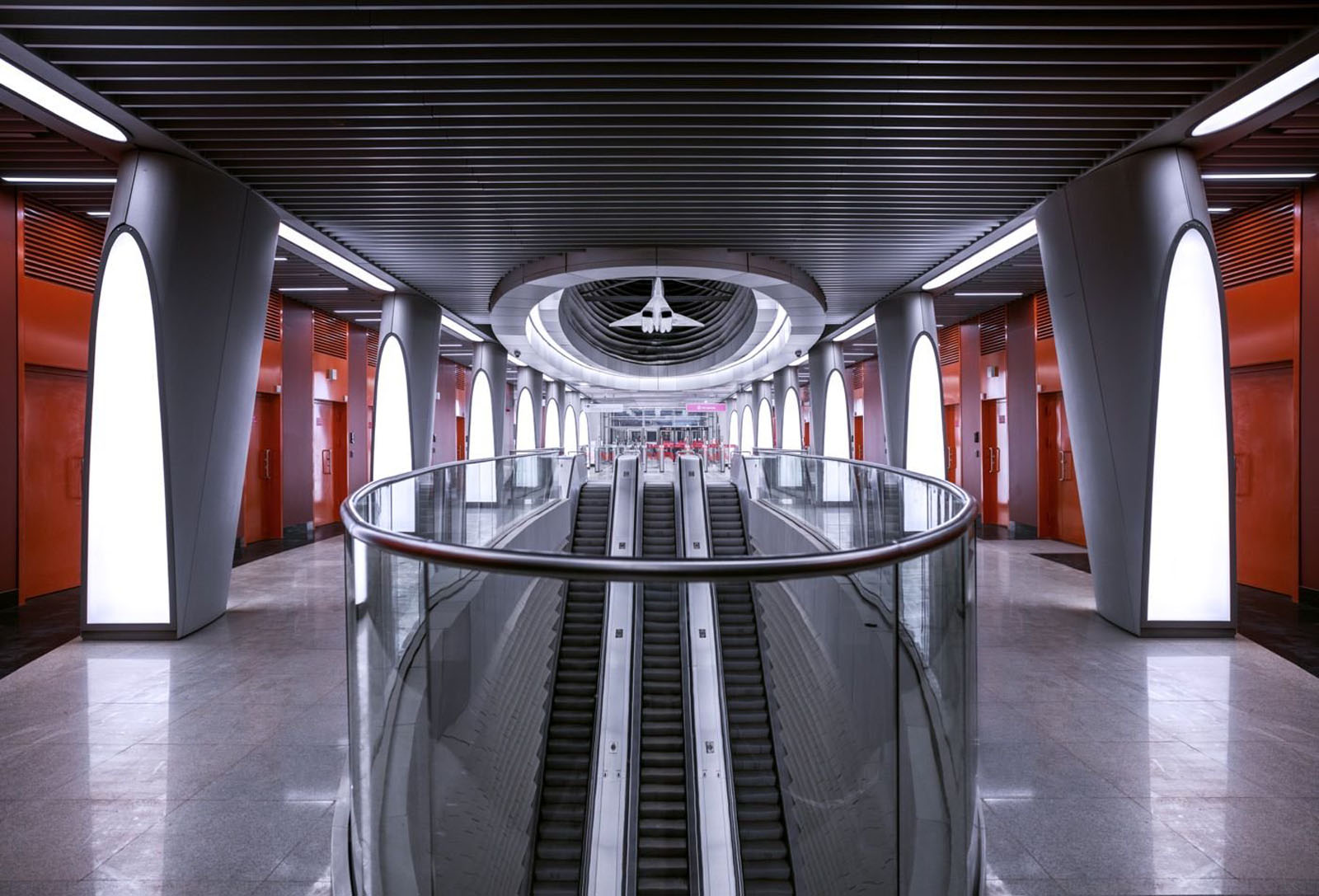
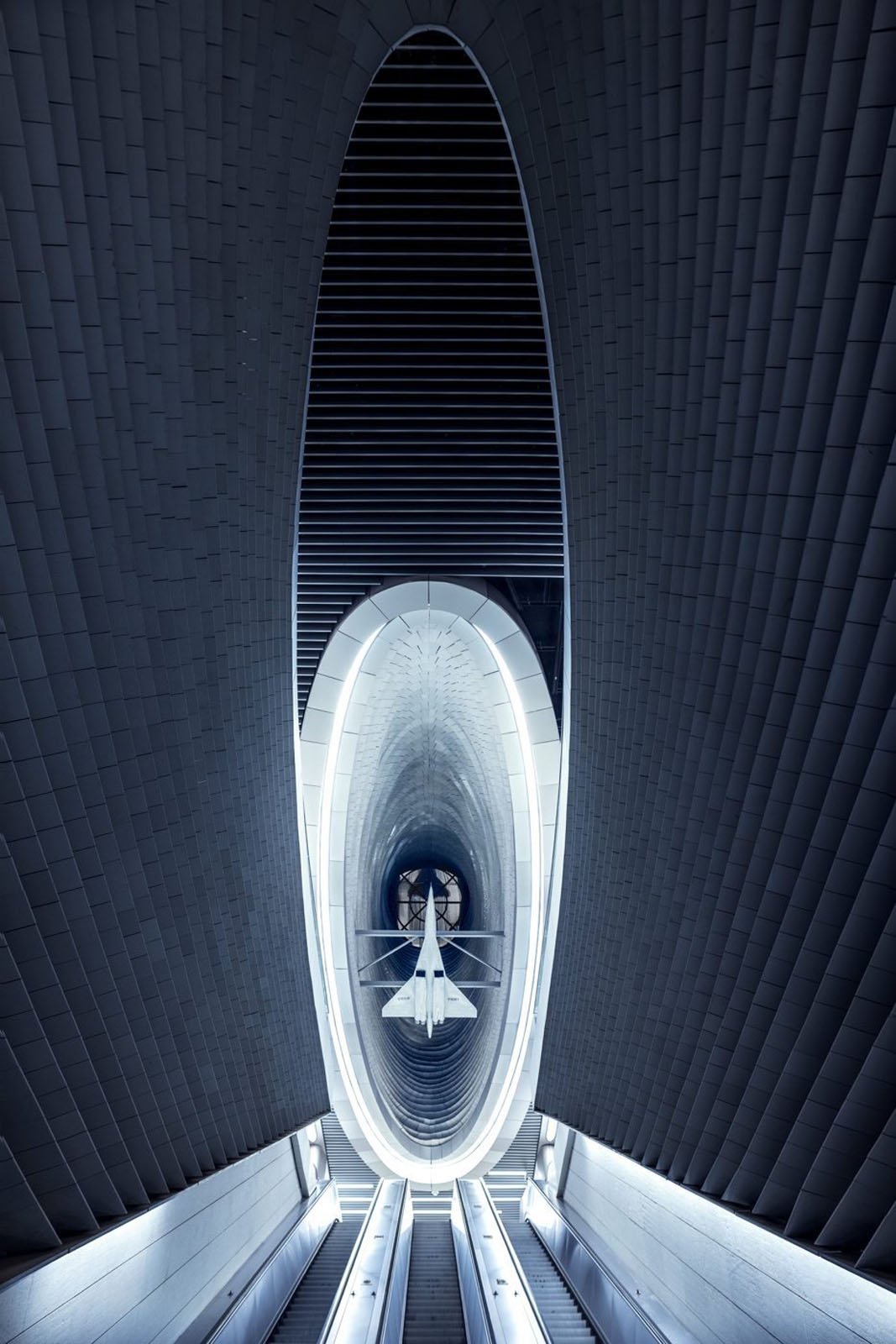
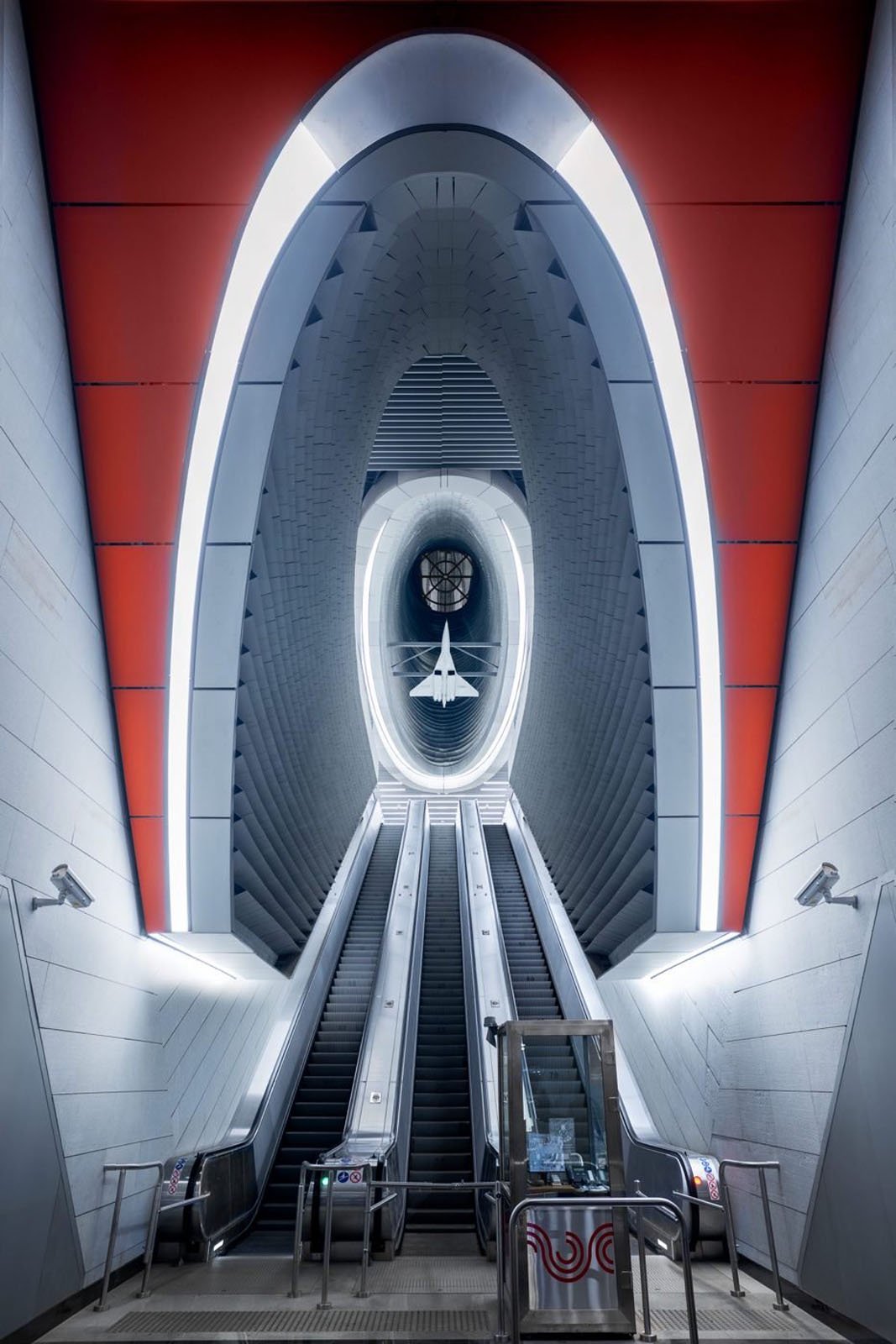
Getting the shot right in camera is still important, of course, but now Sherbakov can worry more about his exposure, composition, and focus than the occasional stranger walking through the frame.
Late Nights and Challenging Handheld Photography
Speaking of exposure, the photographer occasionally brackets for highlights and creates composites to capture the scene’s dynamic range. “They are basically bracketing shots with occasional bracketing for highlight. Mostly single exposure from five bracketed shots. The process of shooting involved traveling to all those stations late at night on weekends. Although they are relatively new stations, weekdays are busy… I had to avoid crowds. Because of that, it had to be late at night on weekends, around 11 PM to 12 AM,” Sherbakov explains. The Moscow Metro has an average daily ridership of about 7.5 million passengers.
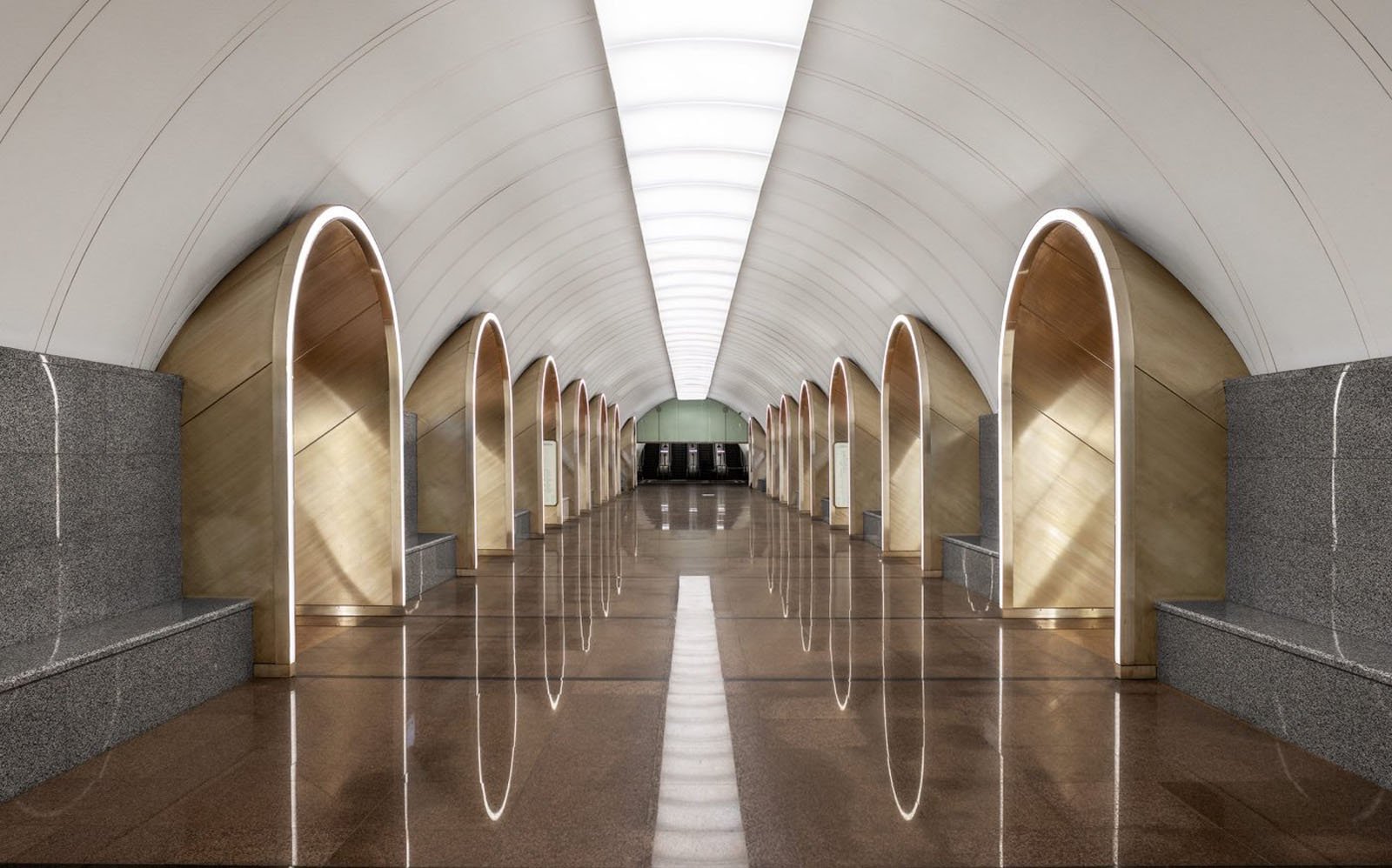
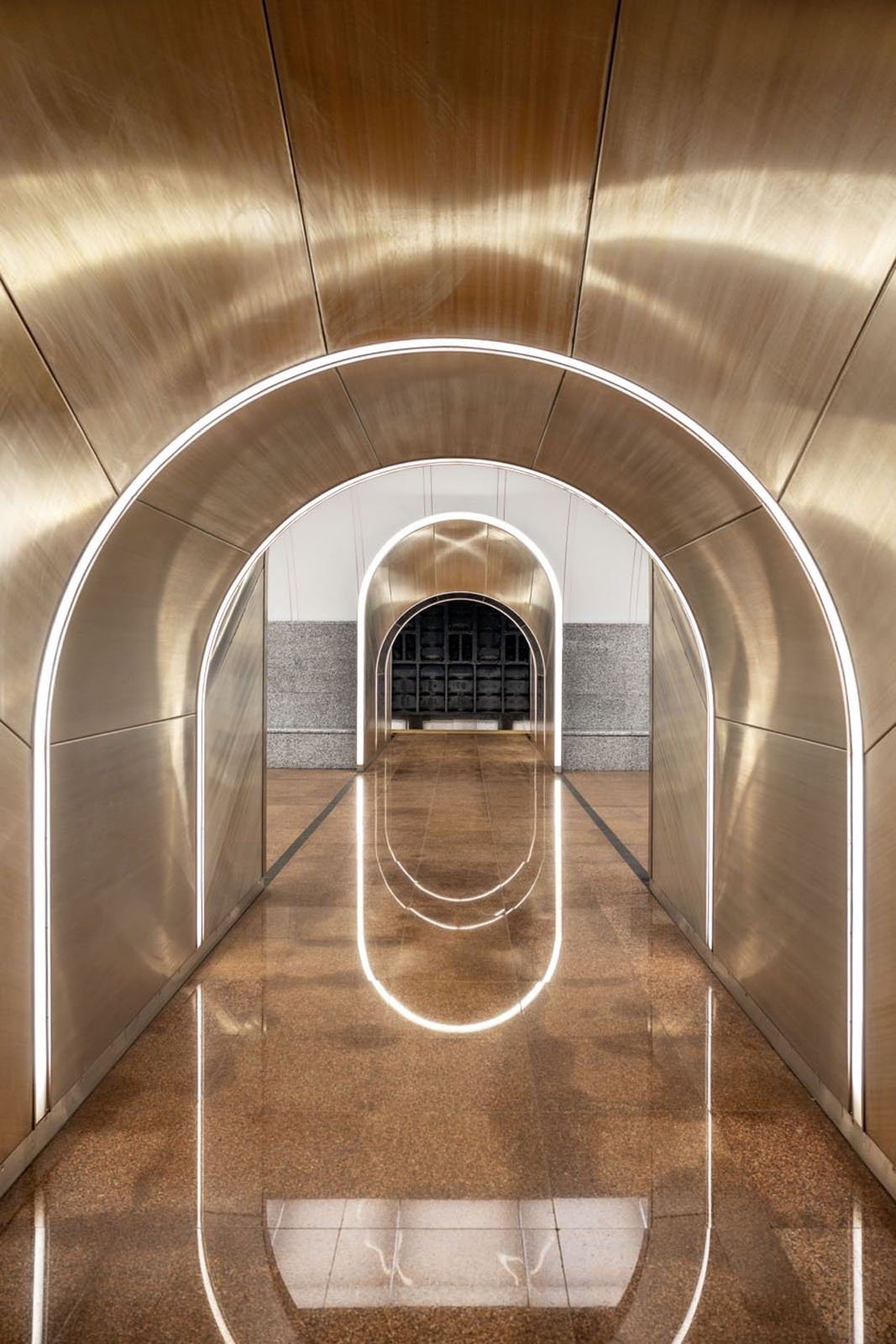
Alongside helping remove people from the photos, Photoshop also helps Sherbakov make the metro stations look super clean and pristine, although not even AI can fix all the mess.
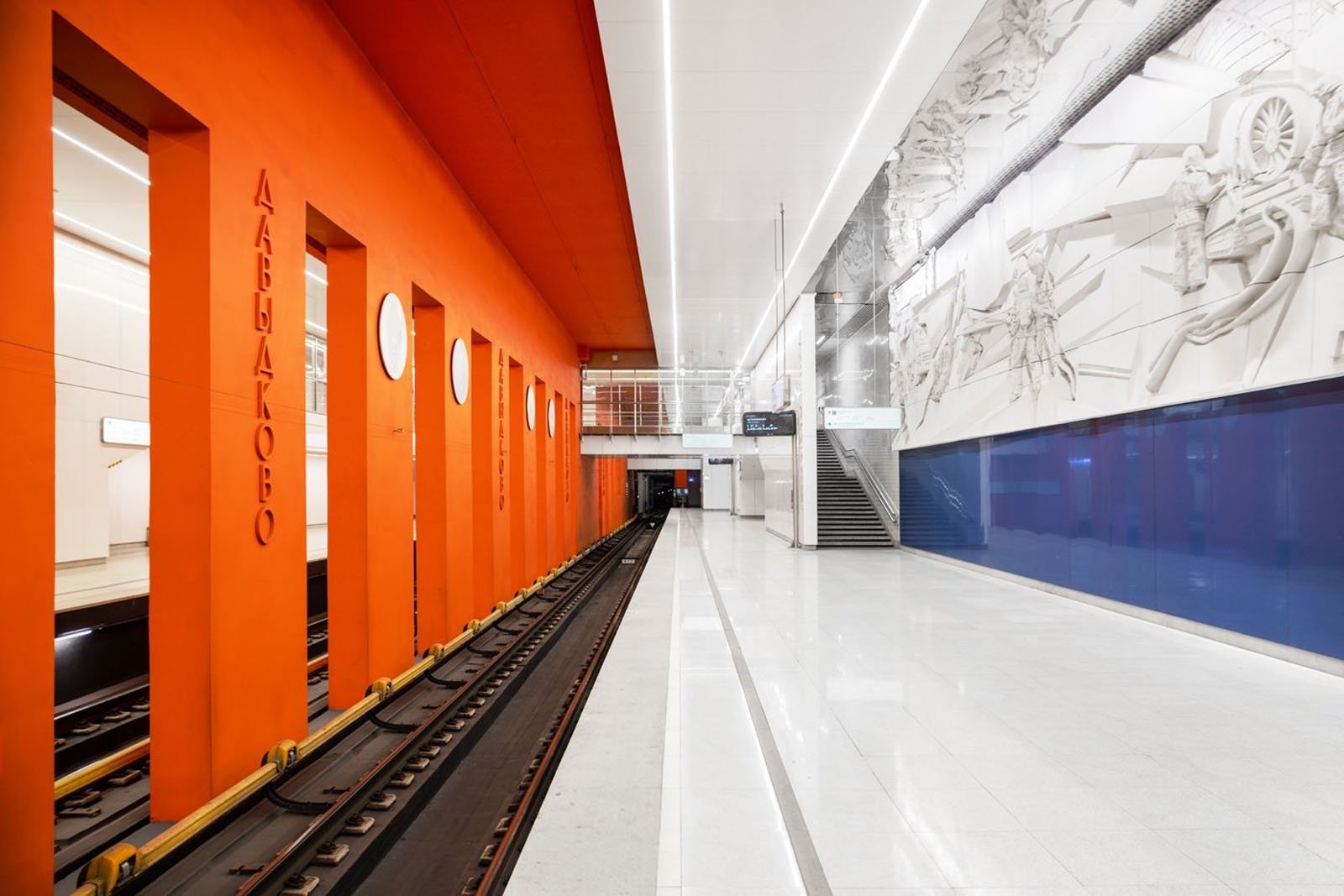
“It’s winter in Moscow, so dirty snow can crawl in… I had to reduce the luminosity manually to darken the floor to avoid cleaning [it all] up, which would take hours, even with AI tools.”
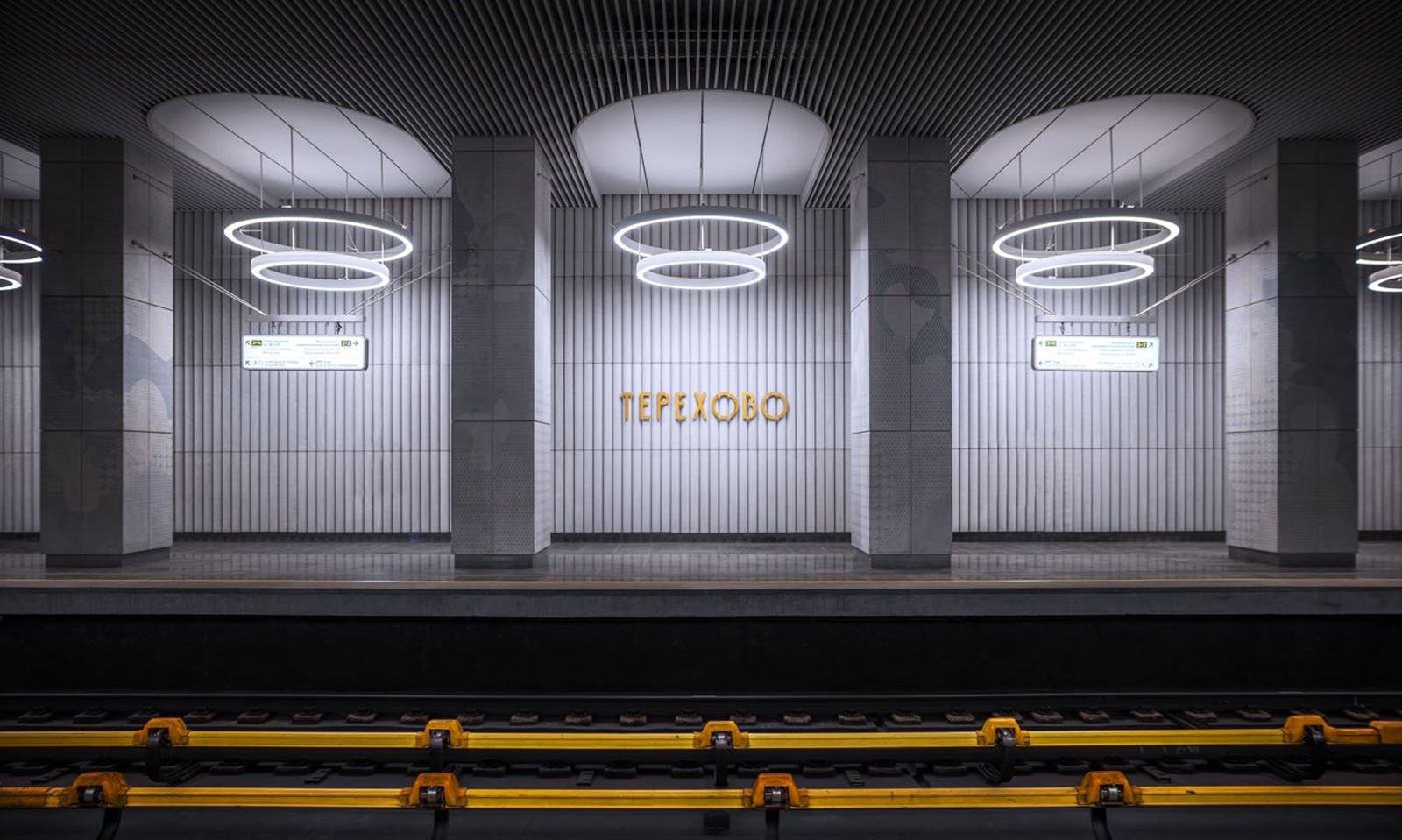

The photographer must also work to straighten lines and perform perspective correction during post-processing. The photographer explains that tripods are prohibited in the Moscow Metro system, so tilt-shift lenses are “out of the question.”
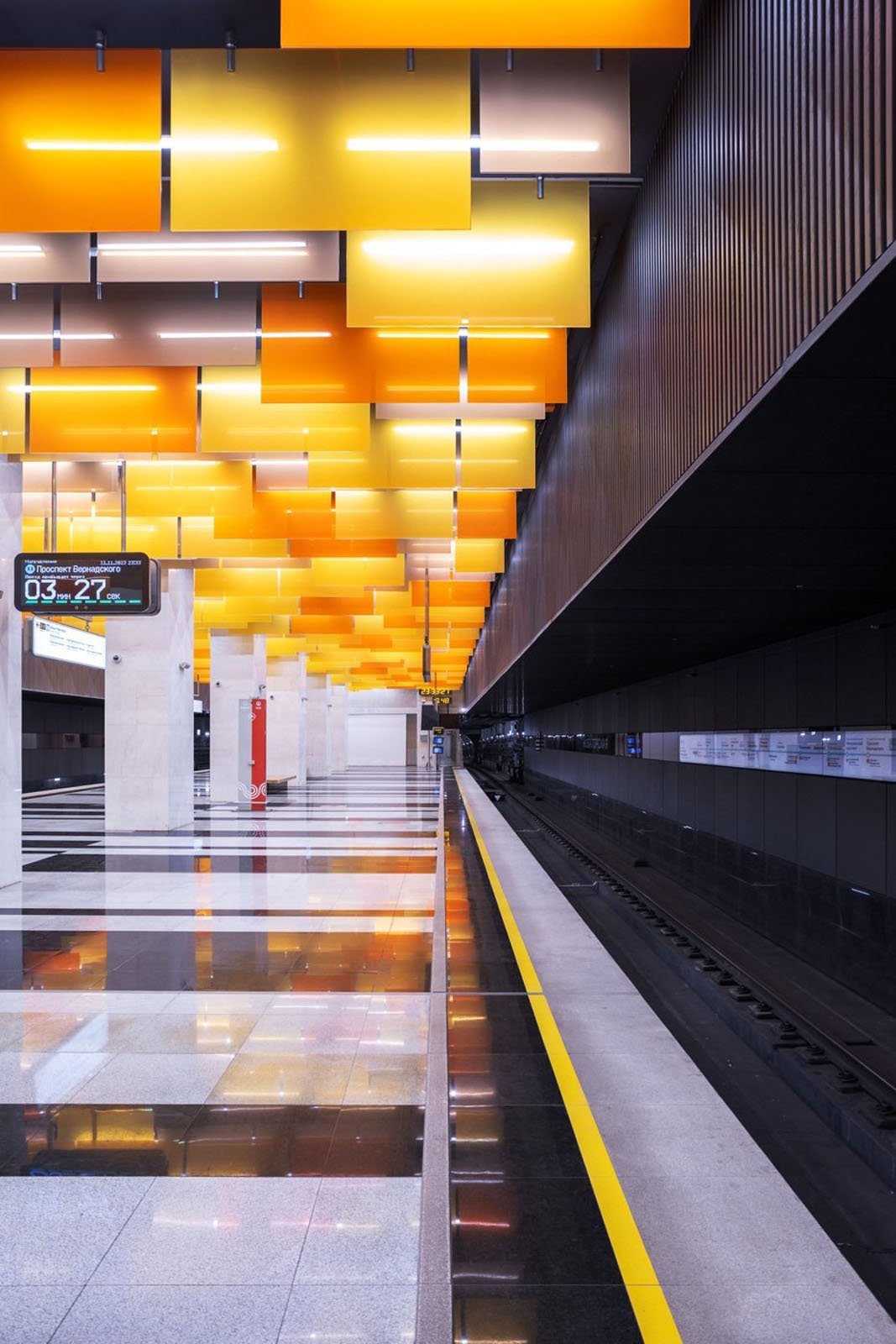

“I had a specific lens in mind that would help me with that situation, the Irix 21mm f/1.4 EF lens for my Canon EOS R5,” Sherbakov tells PetaPixel. “It’s not as wide as the 17mm f/4 TS-E lens, but not as [long as a] 24mm either. It’s something in between.”
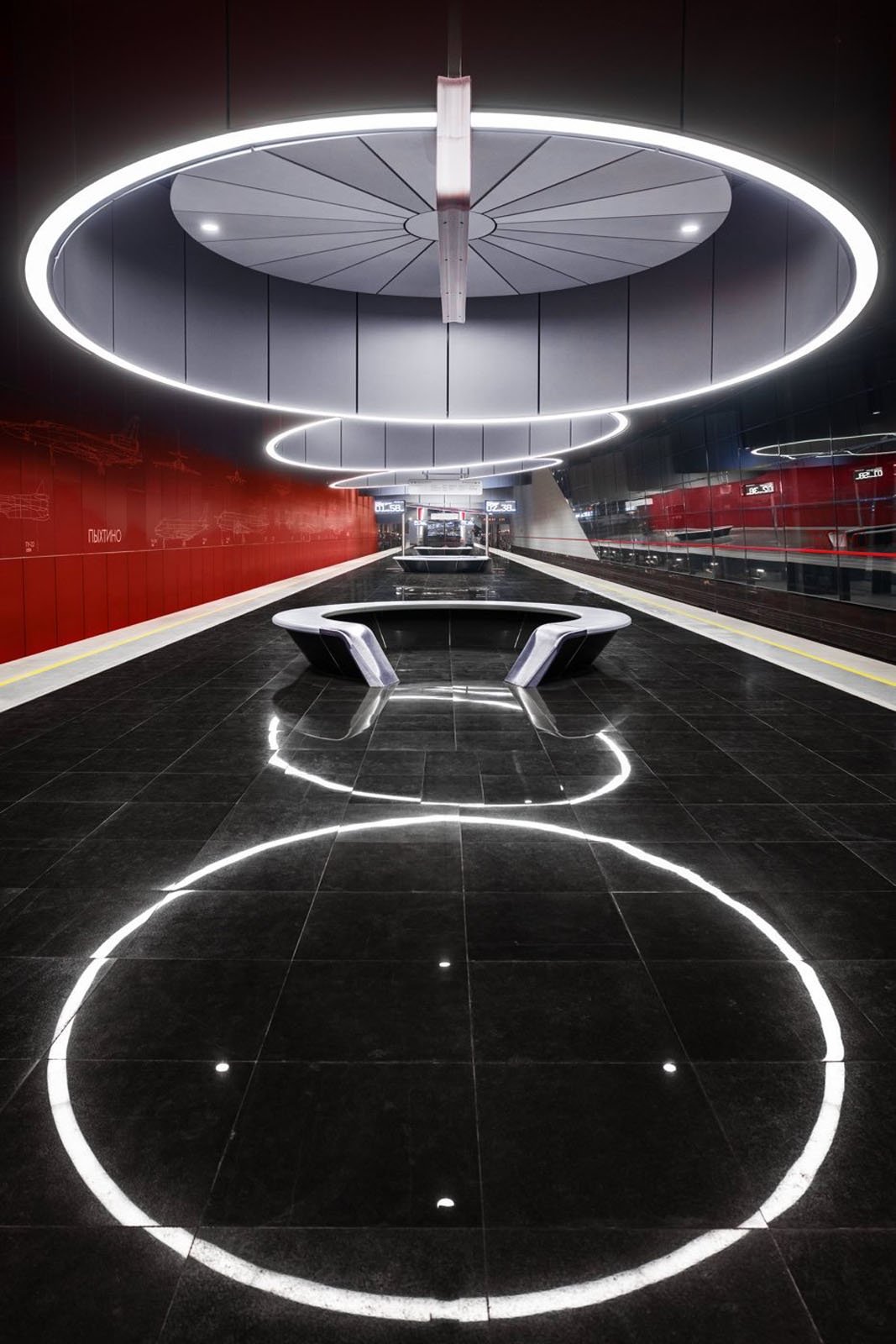
“It’s super fast. One of the fastest lenses I own (the fast [aperture] is not a necessity in architectural and interior photography as you shoot on a tripod most of the time). So, I use this Irix lens [and] shoot everything handheld and do post-production work later,” he explains.
Compared to some of Sherbakov’s other work, which includes gorgeous building exteriors, brilliant aerial work, and spectacular landscape photos, the new Moscow Metro series has a much different aesthetic and overall feel.
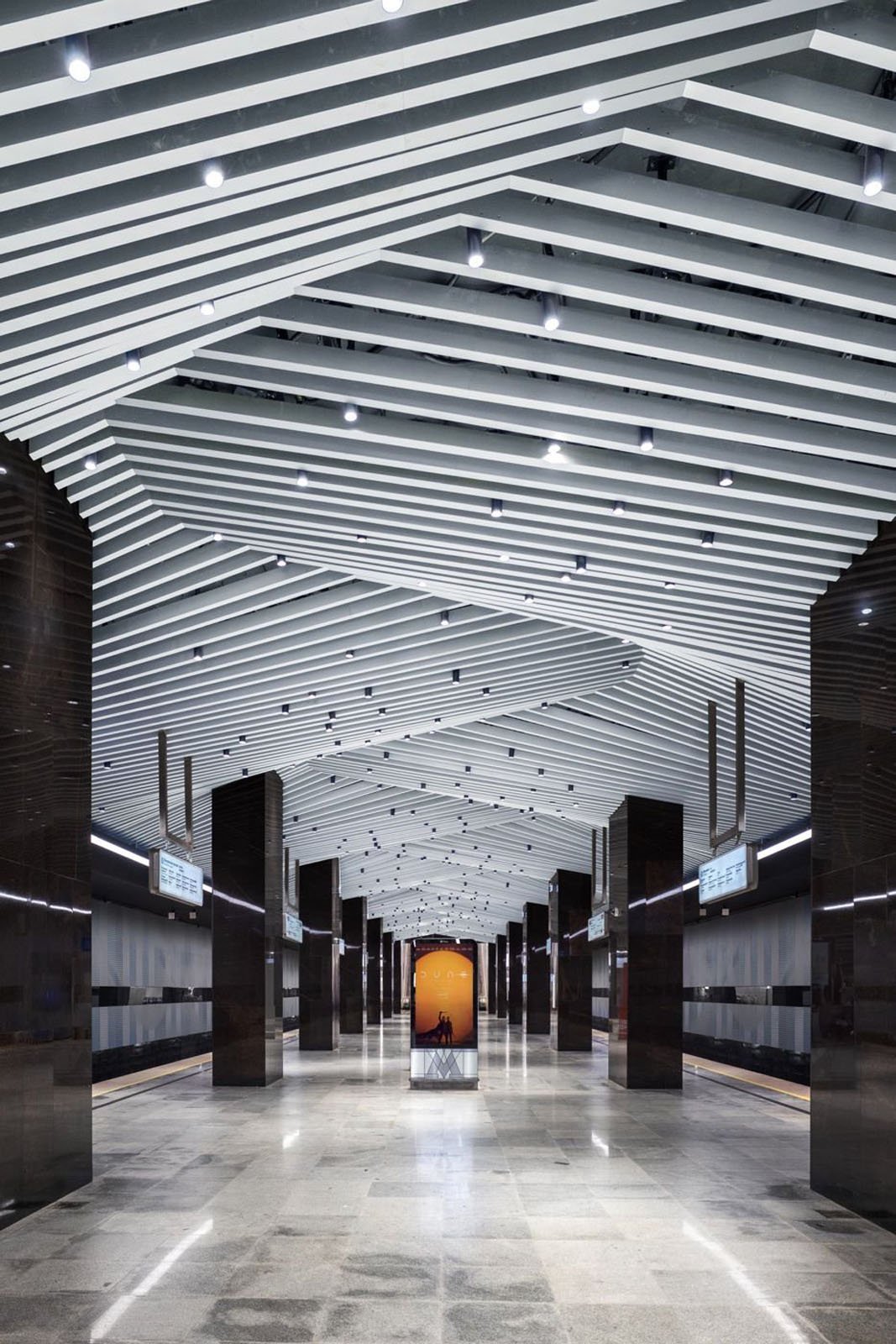
“I think it’s all due to the fact that there are no natural elements such as clouds in [the new series]. Therefore, the images are quite different,” the photographer explains. “I really like the symmetrical architecture of the stations and want to emphasize [that]. I went with quite a wide lens to capture the station’s surroundings. I think the architecture dictated a lot [of the look of the series].”

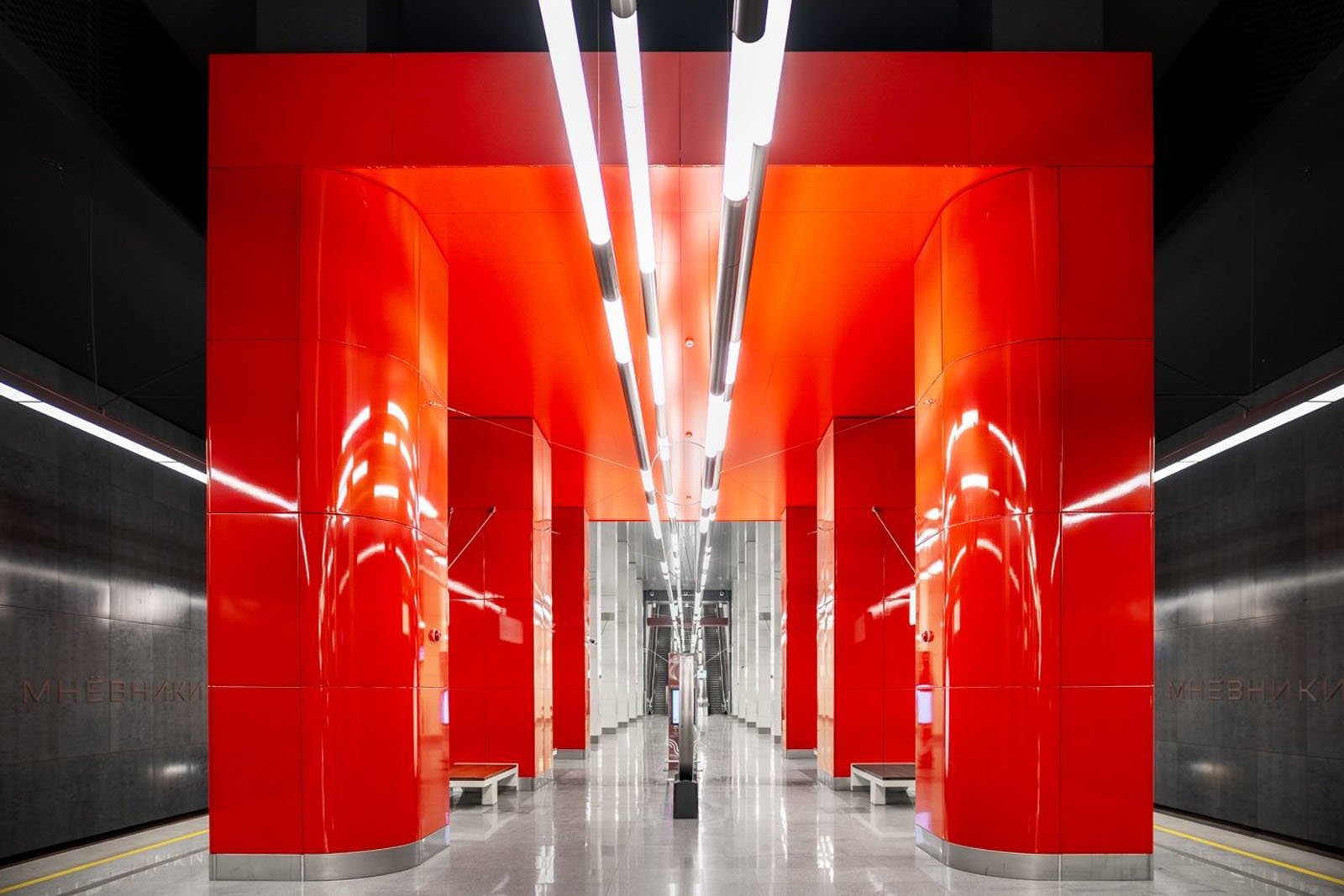
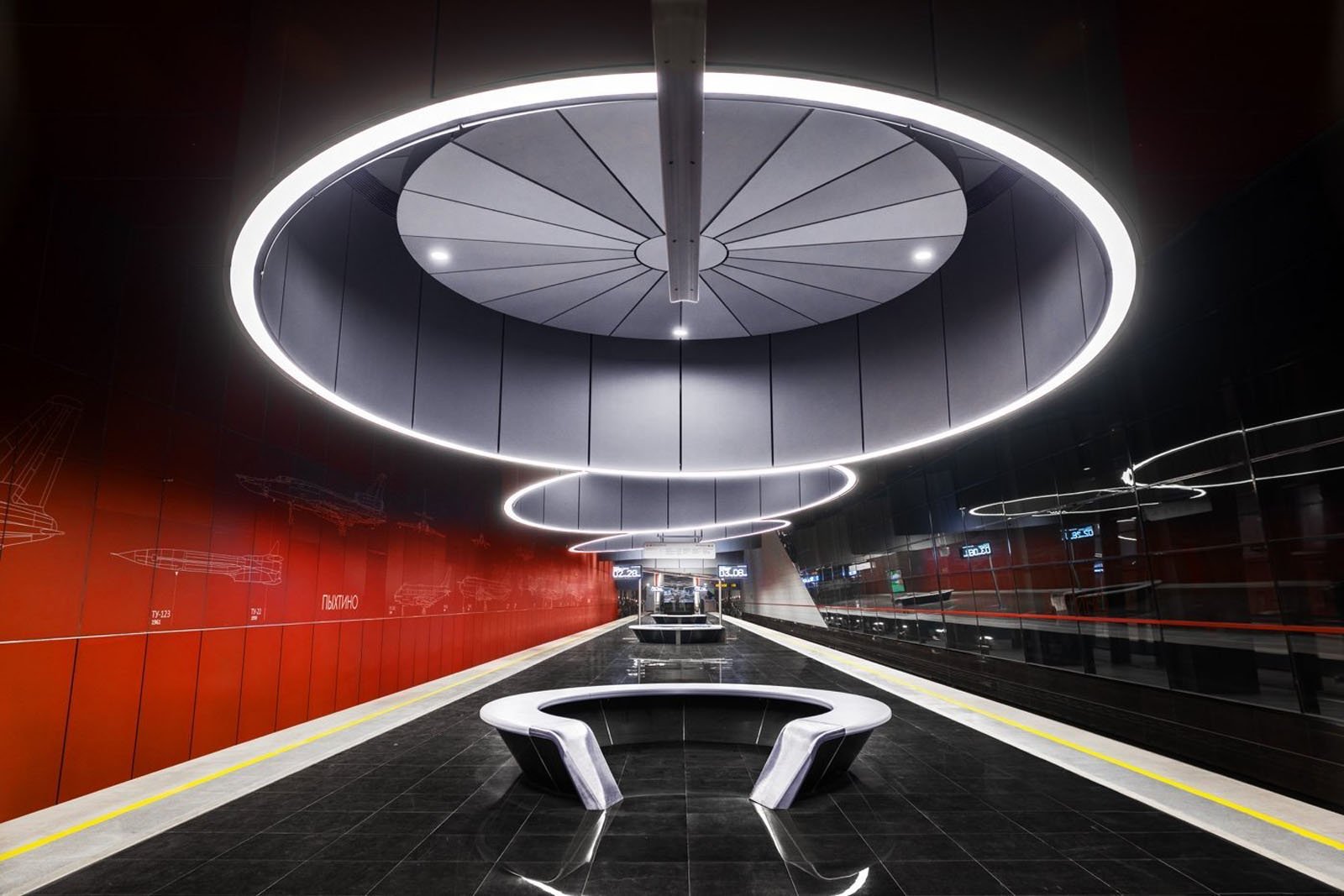
Symmetry and Modern Architecture
The symmetry and futuristic vibe of the newly constructed stations initially drew Sherbakov into the new project. “I do use the metro, so it is not a foreign concept to me. However, the underground or trains are not my primary interest. Architecture first. I think the architects did a great job on those stations, and I want to bring it to the light.”
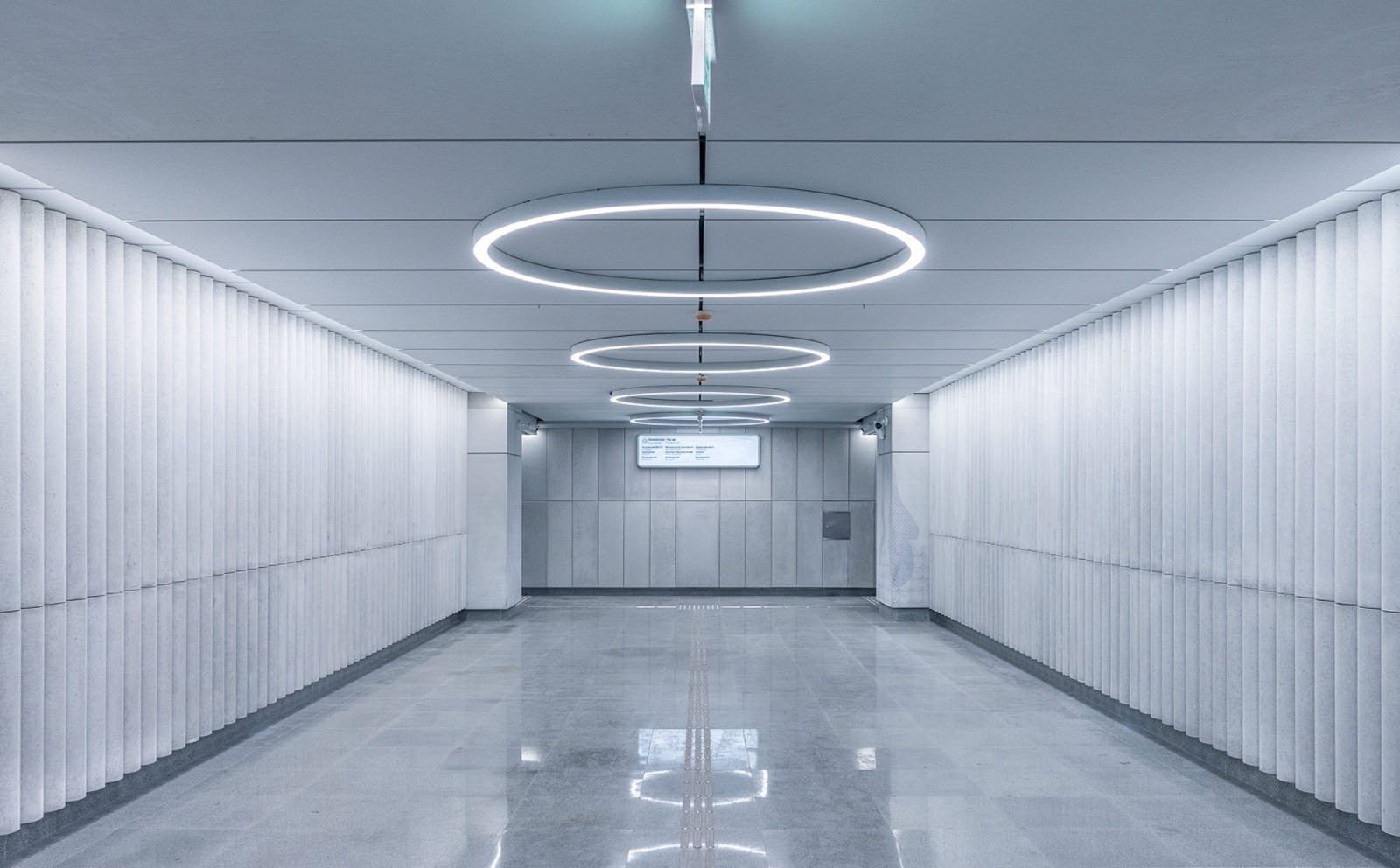
As for the cooler tones in the newer stations, Sherbakov says that is just what they look like, which lends itself to the futuristic vibes. “I didn’t manipulate the white balance a lot. In fact, I think it was almost no shifting. The new stations are such a contrast to the old ones that indeed had more yellowish and warmer tones, and the new stations are brighter and more blue in real life.”
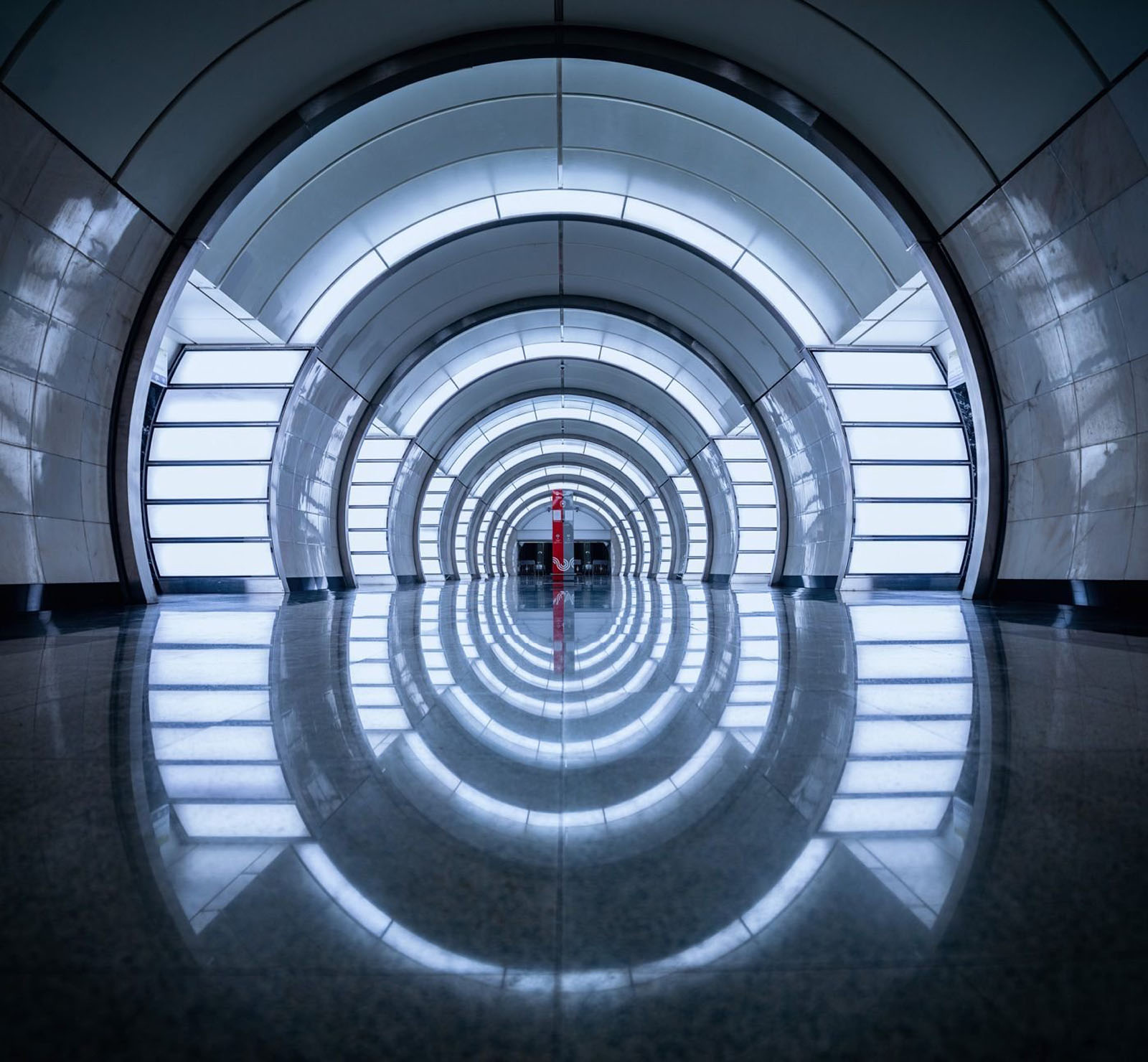
More from Photographer Vadim Sherbakov
To see more of Vadim Sherbakov’s photography, including his New Moscow Metro series, visit his website and follow him on Instagram.
Sherbakov’s commercial work is available on a separate website. The photographer’s long list of clients includes huge names like HBO, Showtime, Netflix, DJI, Canon, Xiaomi, Hisense, Toyota, and many more.
Image credits: All images © Vadim Sherbakov






